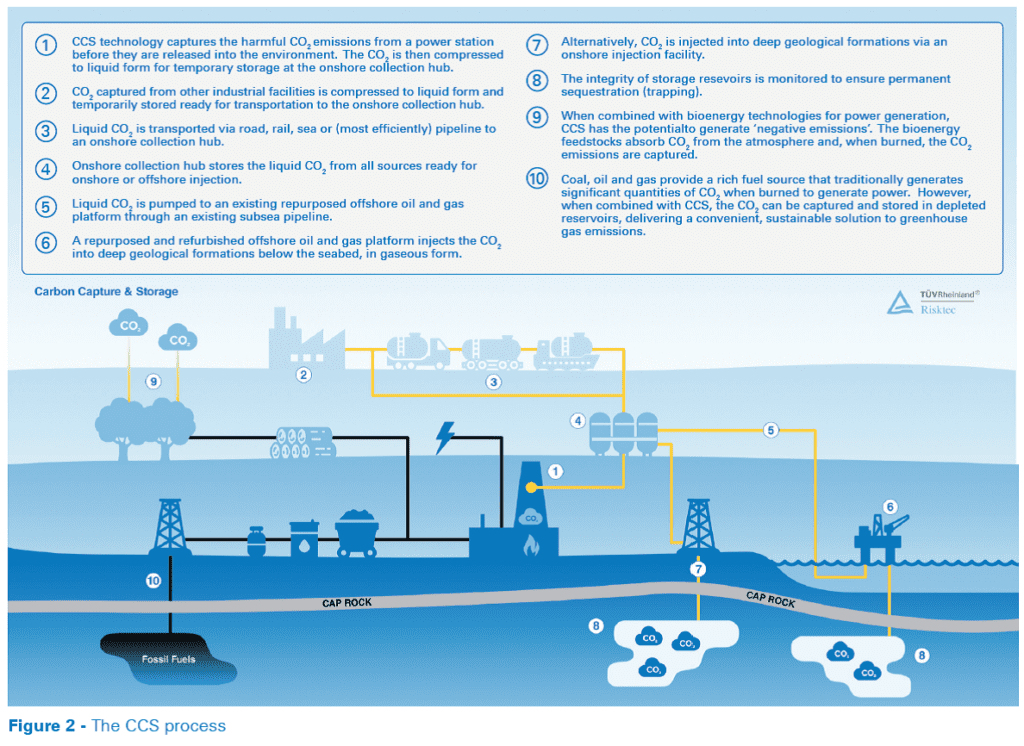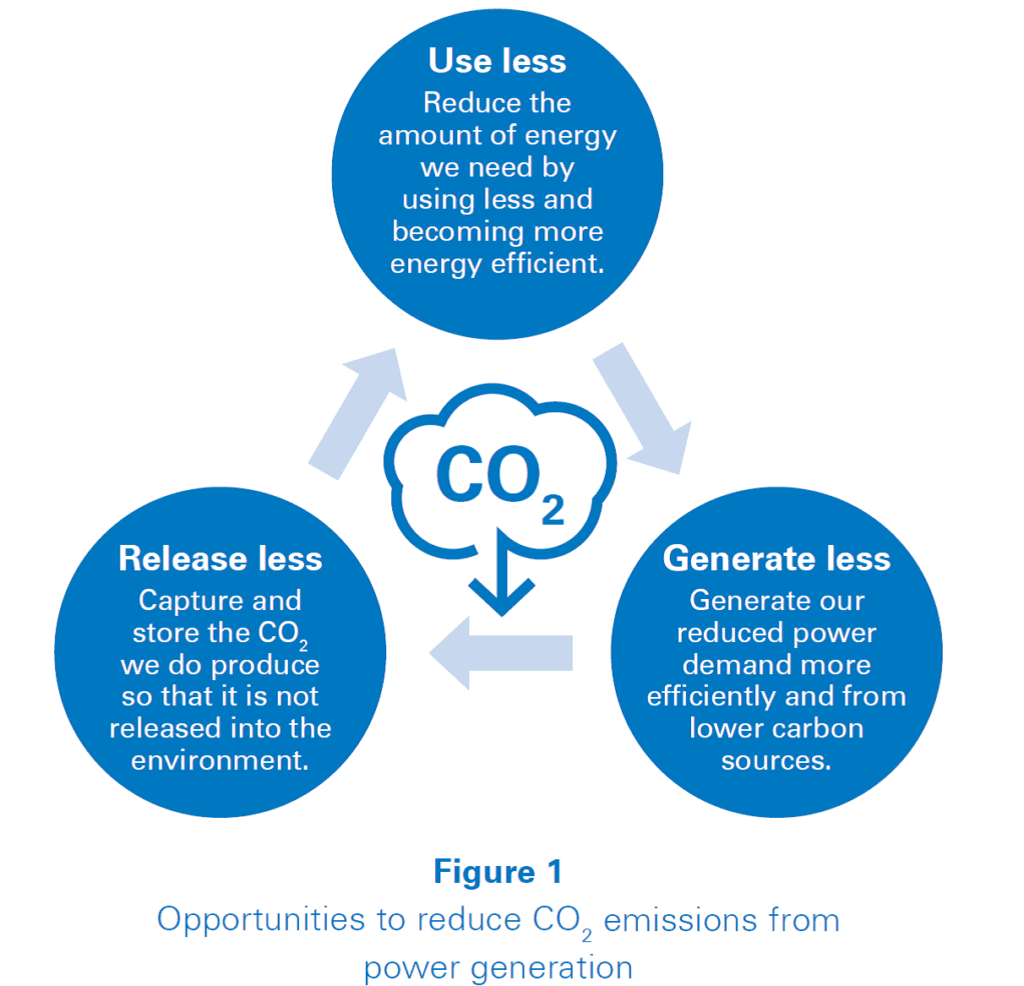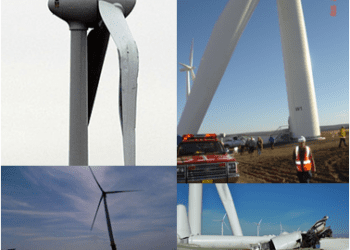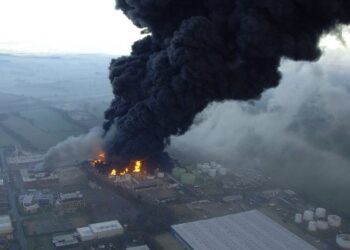Carbon capture and storage: An upcycled solution to climate change?
With the Intergovernmental Panel on Climate Change (IPCC) now concluding that the Paris Climate Change Agreement stretch target — to limit the rise of global average temperatures in 2050, from pre-industrial levels to 1.5oC — must be achieved to avoid significant and irreversible harm to the planet (Ref. 1), the challenge of reducing carbon dioxide (CO2) emissions is becoming more and more pressing. Carbon Capture and Storage (CCS) is expected to play a crucial role in meeting this target, but what is it, what risks does it present, and how should they be managed?
LESS IS MORE
Power generation, where CO2 is produced as part of the combustion process, is a major source of global CO2 emissions. There are three ways we can reduce emissions from power stations, as illustrated in Figure 1.
CARBON CAPTURE AND STORAGE
Carbon Capture and Storage (CCS) is the name given to the industrial-scale process of capturing CO2 before it is released into the atmosphere and transferring it into deep subsurface rock formations, such as depleted oil and gas reservoirs, where it can be safely and permanently stored (see Figure 2).
But the benefits of CCS stretch well beyond the power generation industry. It can be used to capture the CO2 produced from other industrial processes and when integrated into an overall carbon capture network, as depicted in Figure 2, it can play a highly cost effective and efficient role in reducing global carbon emissions.

SIGNIFICANT REWARDS
It is predicted that CCS can deliver 17% of the UK’s 2050 CO2 reduction target (Ref. 2), while its inclusion within a mix of low-carbon technologies is seen as the lowest cost route to decarbonisation. Without CCS, the cost of meeting the target would increase by 40%.
WHAT ARE THE RISKS?
CO2 is not harmful to health at low concentrations. It is not flammable and will not support combustion. However, at high concentrations it can cause headaches, dizziness, confusion and loss of consciousness. With CO2 being heavier than air, fatalities from asphyxiation
have occurred when it has entered confined spaces and displaced oxygen. As such, CO2 has been recognised as a significant workplace hazard for over a century; and highly effective standards and legislative controls have evolved to manage today’s risks effectively.
CCS, however, will involve CO2 being handled in quantities many orders of magnitude greater than today. Whereas in existing facilities, an inadvertent release of CO2 maycreate a small-scale hazard only affecting those in the local vicinity, a very large release of CO2 from a CCS facility has the potential to produce harmful effects over a wide area affecting many more people and the environment.
There are engineering challenges too. CO2 is corrosive in wet and impure conditions; therefore careful consideration is required in the design and material selection for storage, transport and injection facilities.
Geological security is clearly paramount to the success of CCS. Unless the long-term integrity of underground storage can be ensured, the environmental benefits of CCS will not be achieved and public health and environmental protection could be compromised.
SOMETHING OLD, SOMETHING NEW, SOMETHING BORROWED…
Perhaps the greatest risk to the sustainable proliferation of CCS is in treating it as something entirely new and innovative. Whilst clearly a novel concept with significant new challenges, it will rely on many existing systems and processes. Granted, these will often be used in reverse (e.g. using an offshore platform and subsea pipeline to inject CO2 rather than extract oil and gas) and will accommodate a different medium, but many of the tools and techniques required to assess and manage these risks will be very similar; and much of today’s offshore design and operating experience can also be brought to bear.
‘Upcycling’ may be defined as “Creative reuse – the process of transforming by-products, waste materials, useless or unwanted products into new materials or products of better quality or for better environmental value” (Ref. 3). By this definition, CCS is upcycling on an industrial scale and the approach to managing the associated risks should be tailored to suit. We must innovatively rework and repurpose existing infrastructure, knowledge, experience, processes, tools and techniques to learn from the past and benefit from the tried and tested, whilst developing solutions to the new challenges presented.
CONCLUSION
CCS can play a starring role in the fight against climate change, but comes with a range of technical, geological, health, safety, environmental and ethical challenges. However, by repurposing the old, borrowing the proven and innovating the new, CCS can meet these challenges and achieve its full potential in a safe and sustainable way.
References:
1. Intergovermental Panel on Climate Change – Global Warming of 1.5oC, October 2018.
2. The Economic Benefits of Carbon Capture and Storage in the UK, CCS/TUC, February 2014.
3. Wikipedia, https://en.wikipedia.org/ wiki/Upcycling, accessed October 2018.







